In an information-dense world, the ability to communicate complex messages clearly and concisely is not just valuable; it’s essential.
Whether you’re crafting written articles, delivering speeches, or even producing whiteboard videos, the challenge is the same: How do you make complex ideas accessible and engaging?
In this article, I’ll outline strategies that can guide you in distilling complexity into understandable and compelling narratives.
Understanding the Value of Brevity in Communication
Cut to the chase
In today’s fast-paced world, attention is a scarce commodity. People don’t have the time—or patience—to wade through verbose explanations.
That’s why brevity is so powerful. When you get straight to the point, your message resonates more strongly because it is unencumbered by extraneous details.
This straightforwardness is effective in various communication forms, from academic lectures to business reports and even whiteboard animations.
Choose words wisely
Brevity is not just about fewer words but the right words. Each term you choose carries weight, shaping your message’s tone and clarity.
Picking precise and uncomplicated words helps your audience grasp complex subjects without feeling overwhelmed.
The elevator pitch method: condensing messages into digestible insights
Crafting a mini-narrative
Can you summarize your complex idea in 30 seconds? The elevator pitch method pushes you to distill your message into its most essential elements.
This conciseness is vital, especially when you need to capture initial attention—much like the first few seconds of a whiteboard video, where the aim is to engage viewers instantly.
Core components
The key to a successful elevator pitch lies in identifying your message’s core components. What are the unique and impactful elements that set your message apart?
Highlighting these in a brief but compelling narrative can make even intricate subjects accessible.

Learn to explain complicated things in a simple way
Find out how to explain complicated things in a simple way that attracts and holds attention, builds trust, engages your audience, and moves them to act.
Visual aids: enhancing messages through visual representation
Incorporating infographics and charts
“A picture is worth a thousand words” is a saying that holds true, particularly when dealing with complex information.
Infographics and charts can convey intricate data in a digestible, visual format, facilitating quicker understanding. And we started producing our whiteboard-animated infographics, to add the power of multimedia to the equation.
Consistency in design
Consistency is crucial when employing visual aids. Varied styles and formats can create cognitive dissonance, making the message harder to comprehend.
A uniform design ethos ensures that your visuals effectively aid, rather than hinder, the understanding of your complex message.
Scaffolding information: a structured approach to complexity
Start simple, end complex
There’s an art to building up to complexity. Starting with basic concepts and progressively introducing more complex ones can prepare your audience for the intricacy ahead.
This approach mirrors the natural progression seen in well-structured whiteboard animations, where ideas evolve in a logical, digestible manner.
Signposting: navigating the maze of complexity
Clear markers or signposts can act as guides through your message, helping your audience understand when a new point or idea is coming up.
Just like road signs guide drivers, these cues facilitate smoother transitions between the various facets of your complex subject matter.
Leverage storytelling to bring complex concepts to life
Setting up a narrative
People are hardwired to love stories. The narrative structure offers a framework to simplify complex ideas, making them more approachable.
Like a whiteboard video that unfolds in a sequential manner, a narrative can guide your audience through a journey that makes complexity more digestible.
Make it relatable
Complex subjects become easier to grasp when they are grounded in relatable, real-world examples.
This connection between the abstract and the familiar bridges the comprehension gap, enabling your audience to understand and appreciate the complexity you’re presenting.
Conclusion
Effectively communicating complex ideas involves a nuanced balance between brevity and depth, clarity and complexity.
Through the strategic use of brevity, elevator pitches, visual aids, scaffolding, and storytelling, you can distill complicated subjects into clear, engaging narratives.
Over to you
Ready to master the art of articulating complex ideas? Subscribe to our email list for more insights and browse our whiteboard examples for inspiration. And if you need a hand telling your story, please get in touch with Exaltus. We’d love to help!

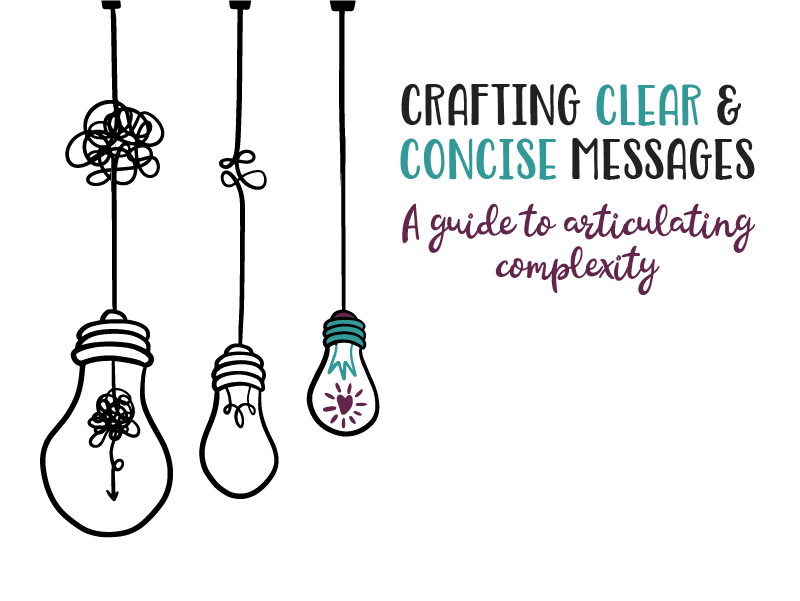
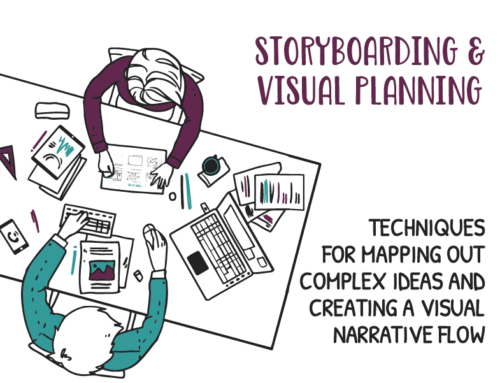
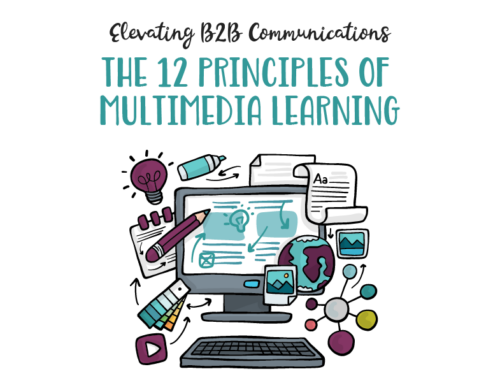
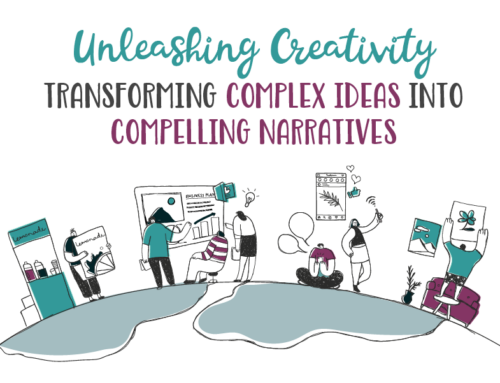
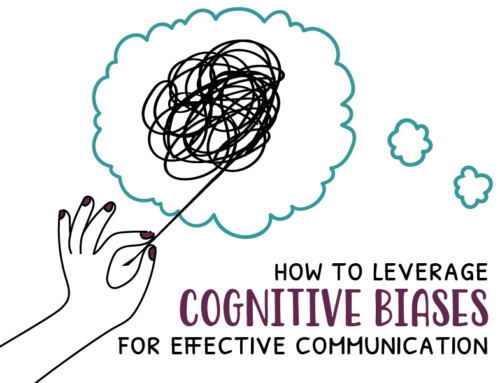
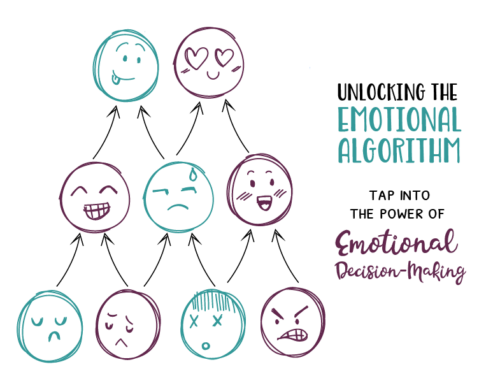
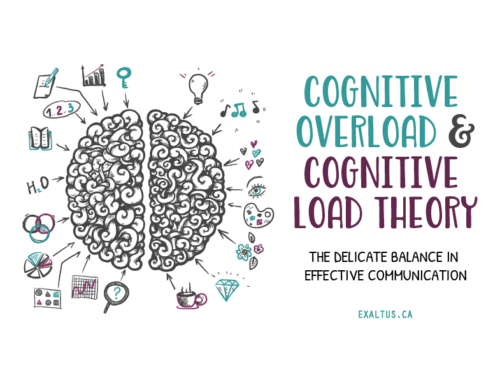
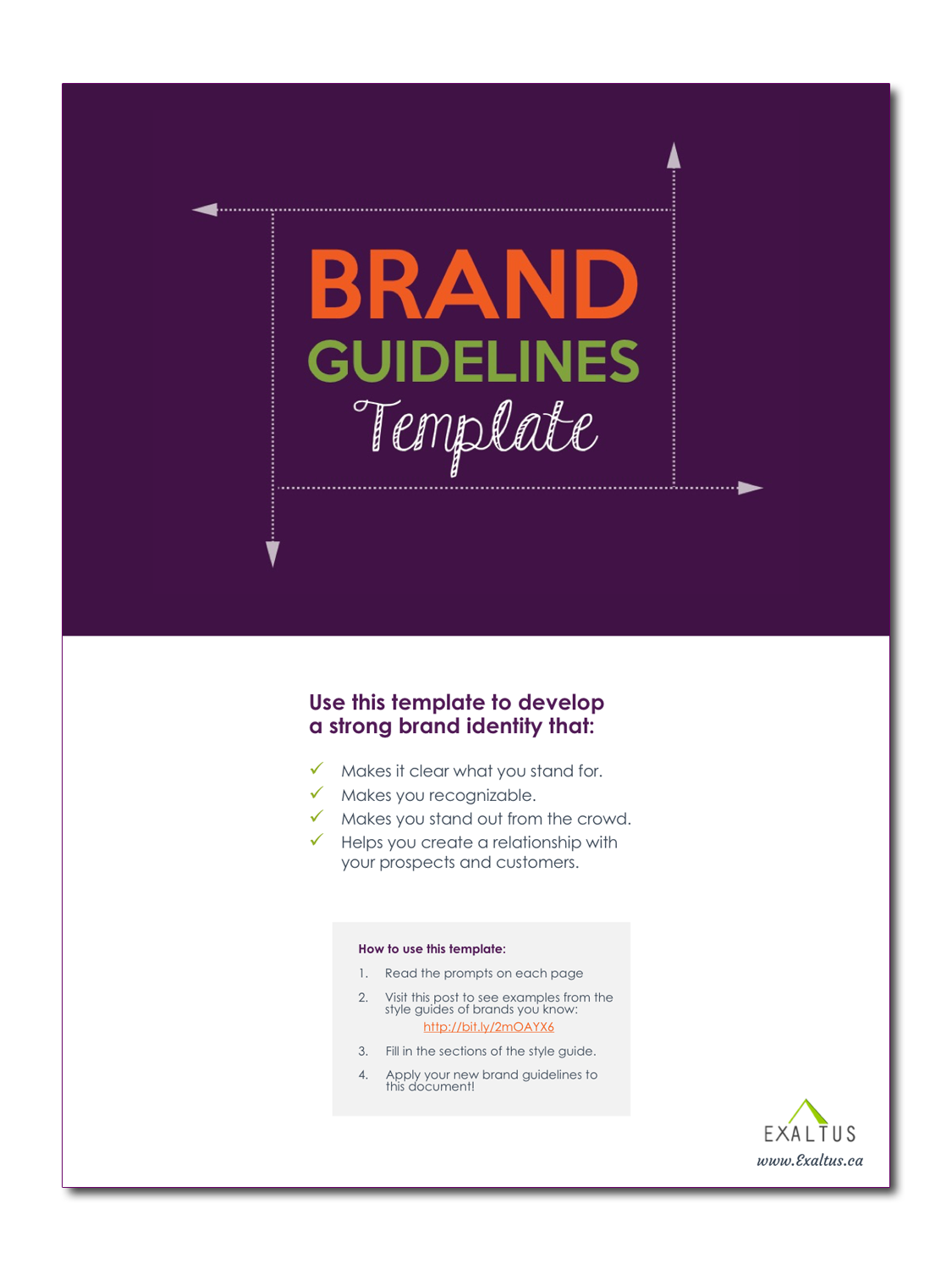


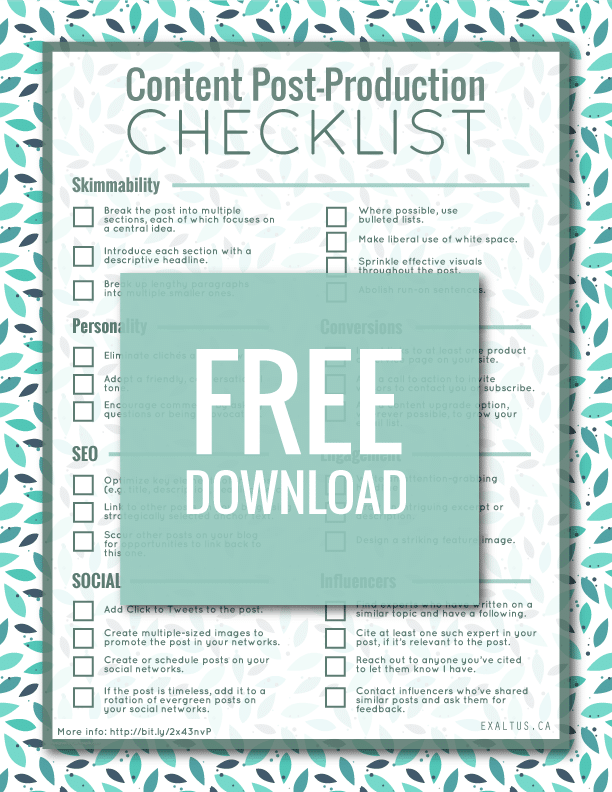
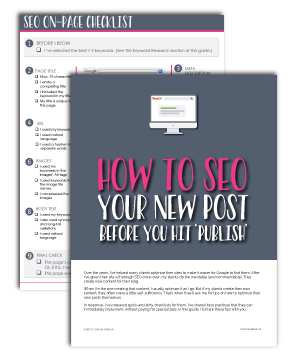
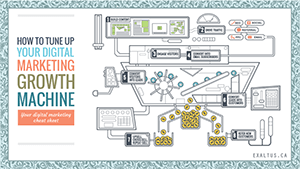


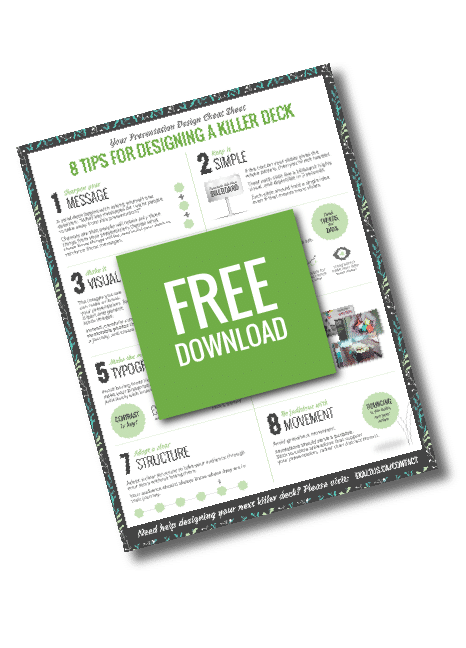
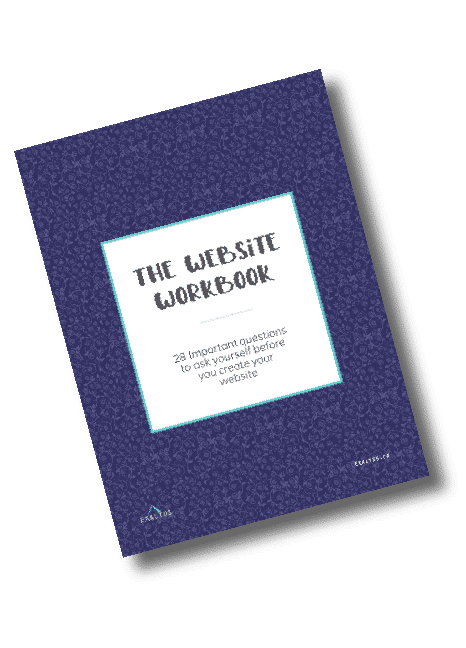
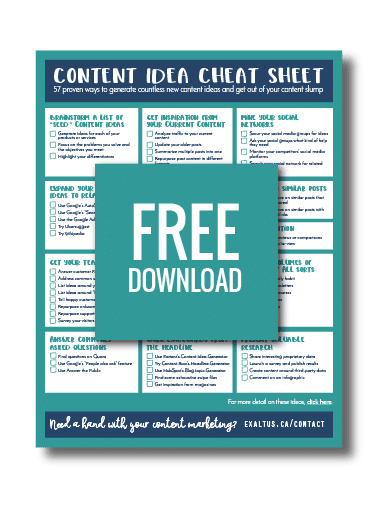

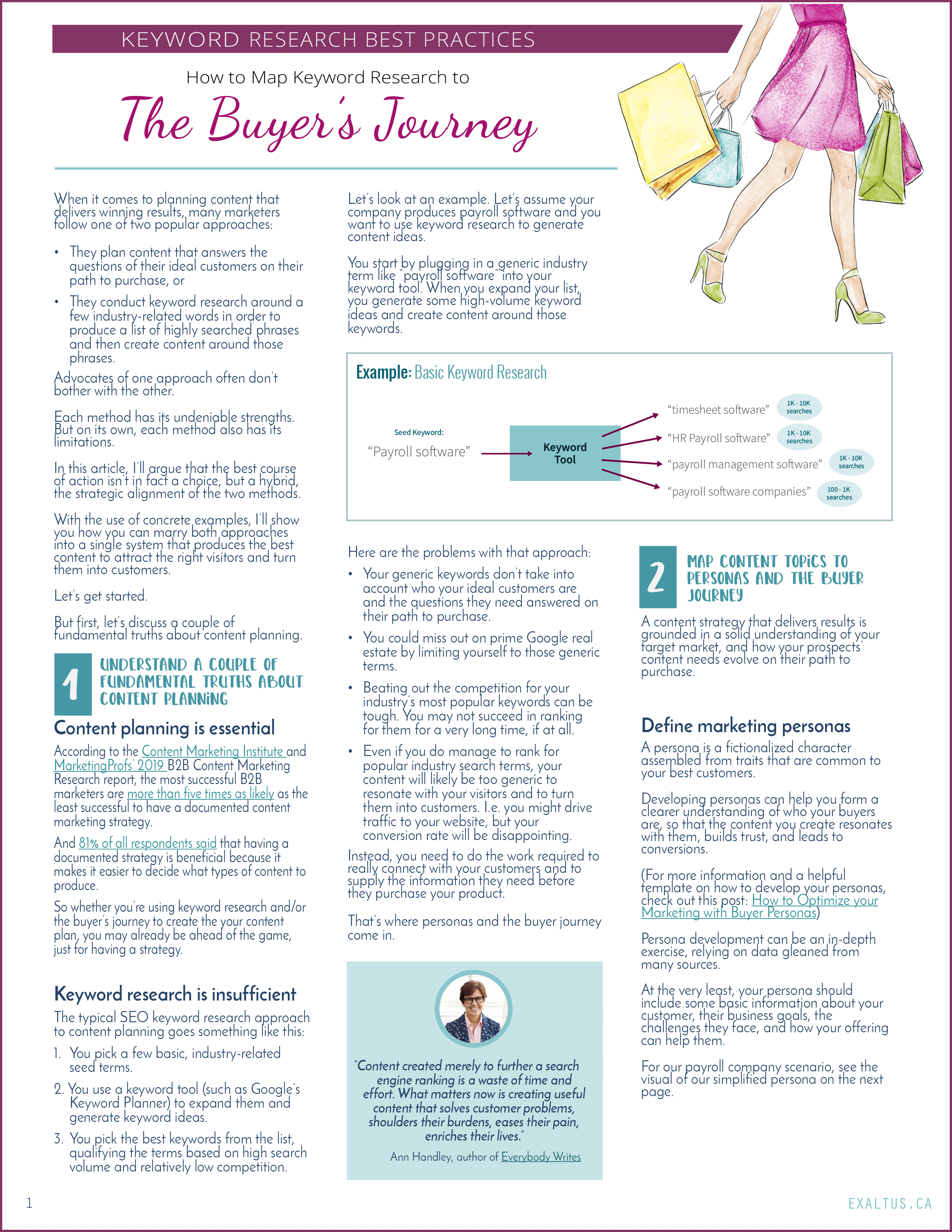

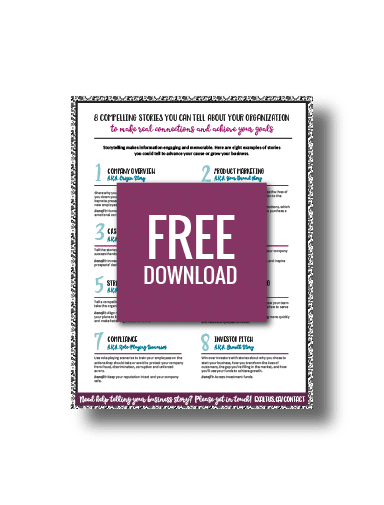

Leave A Comment